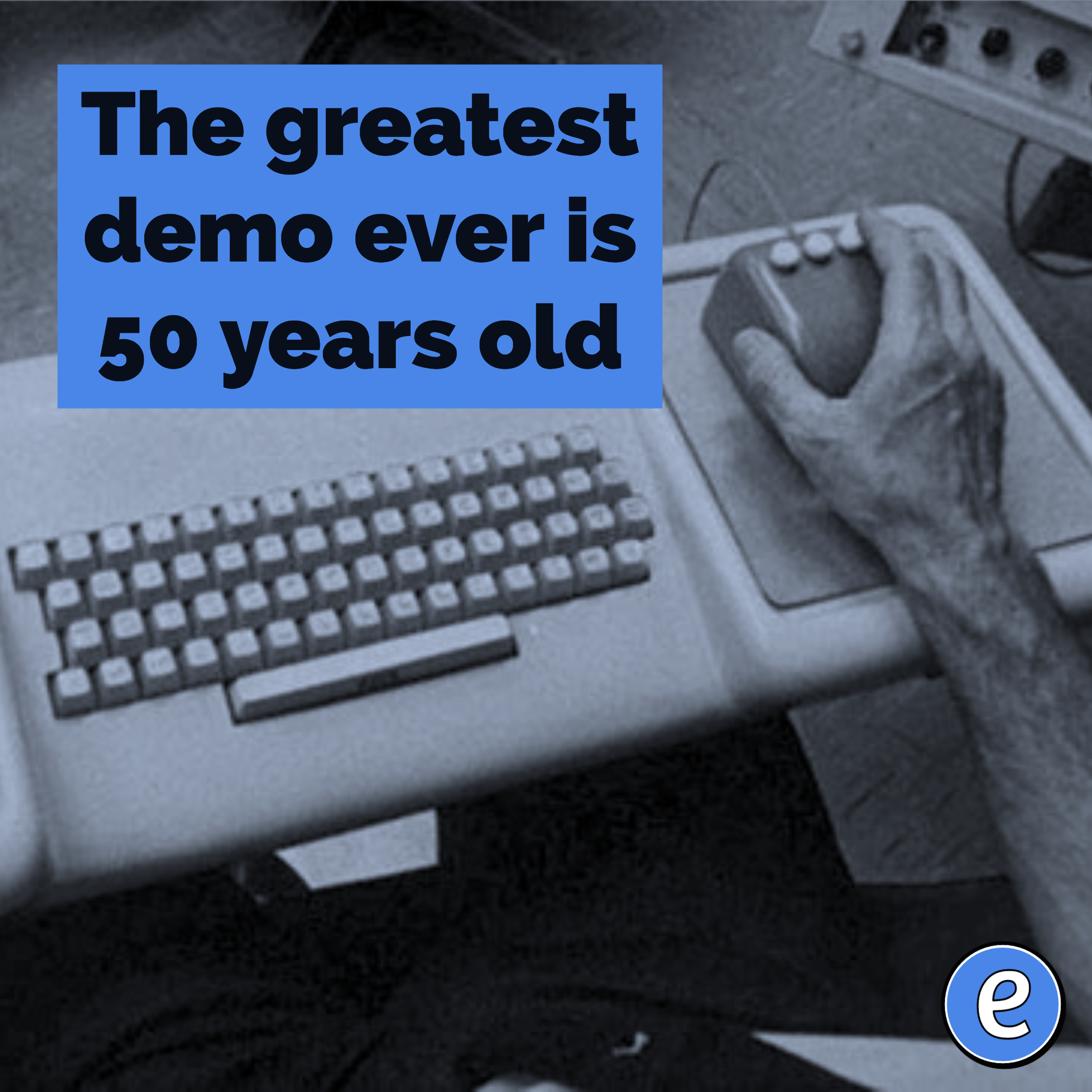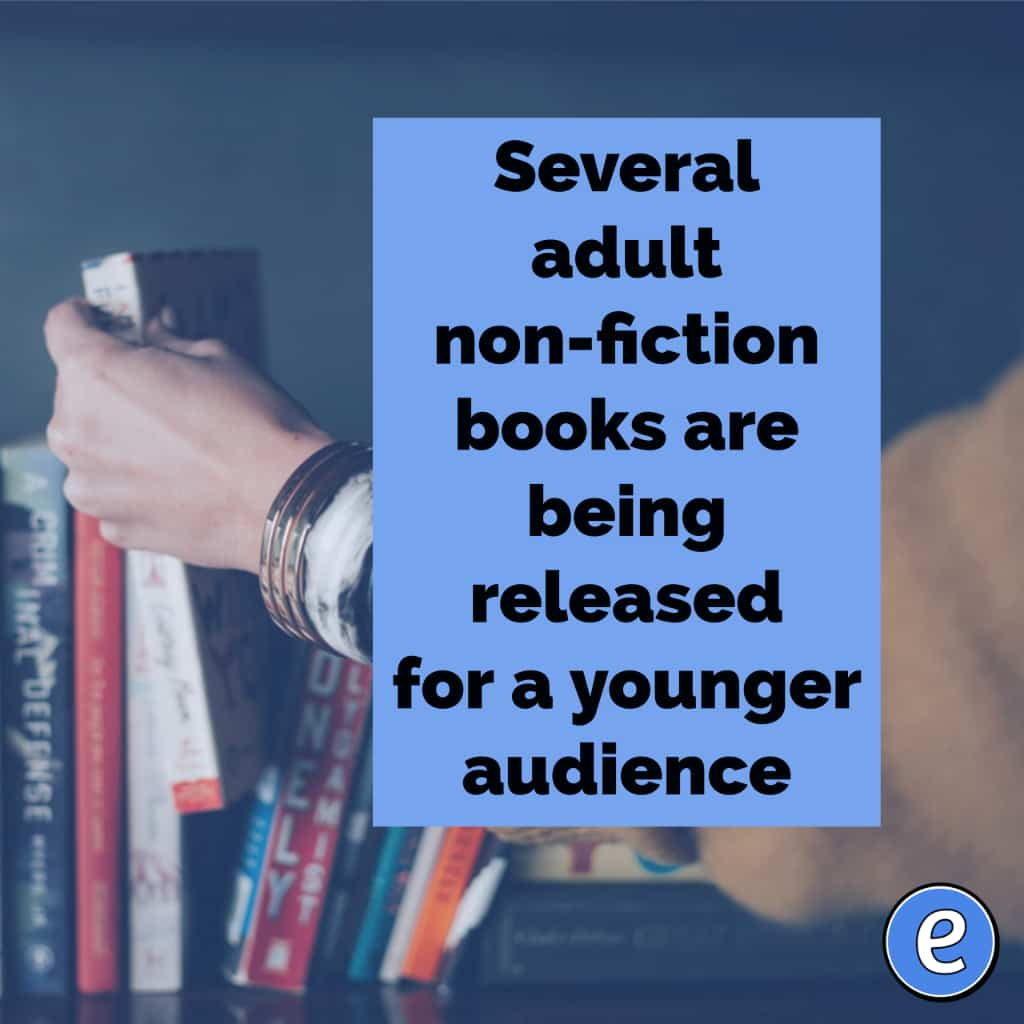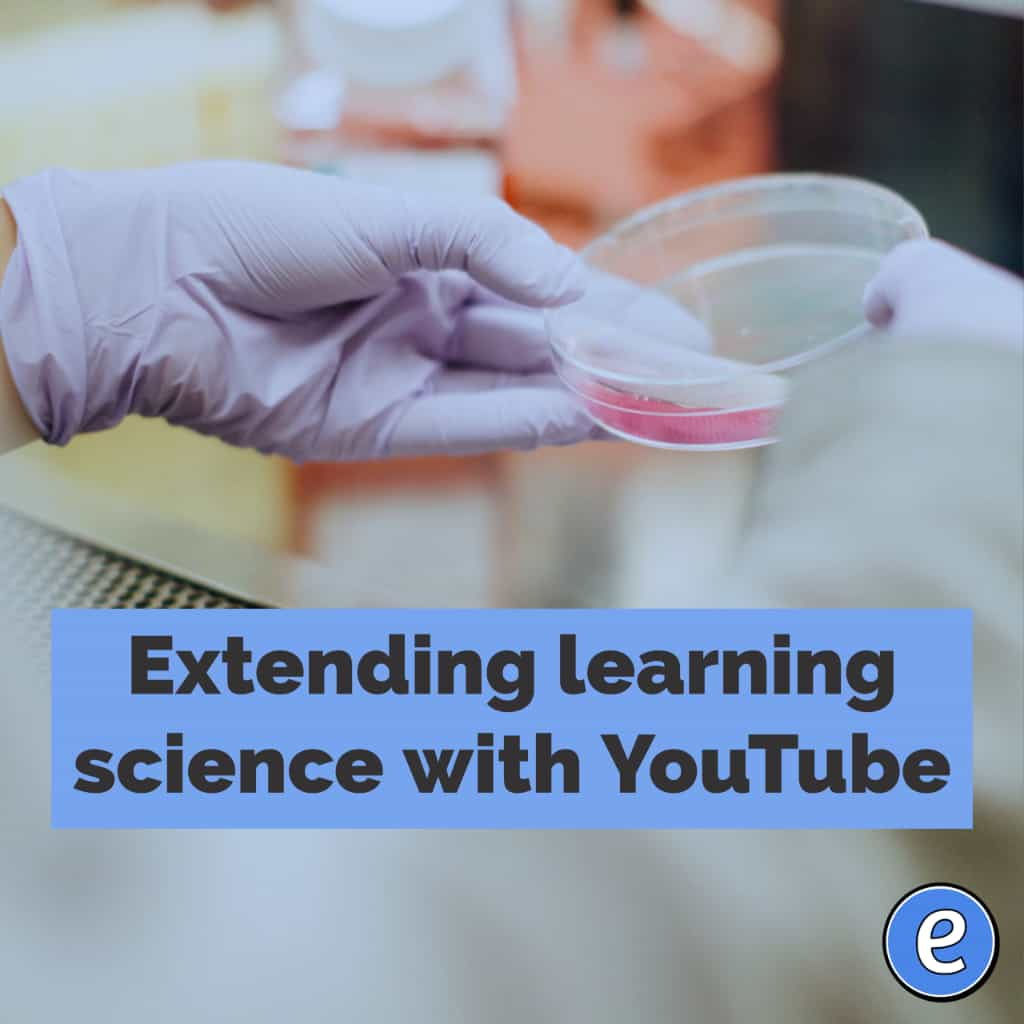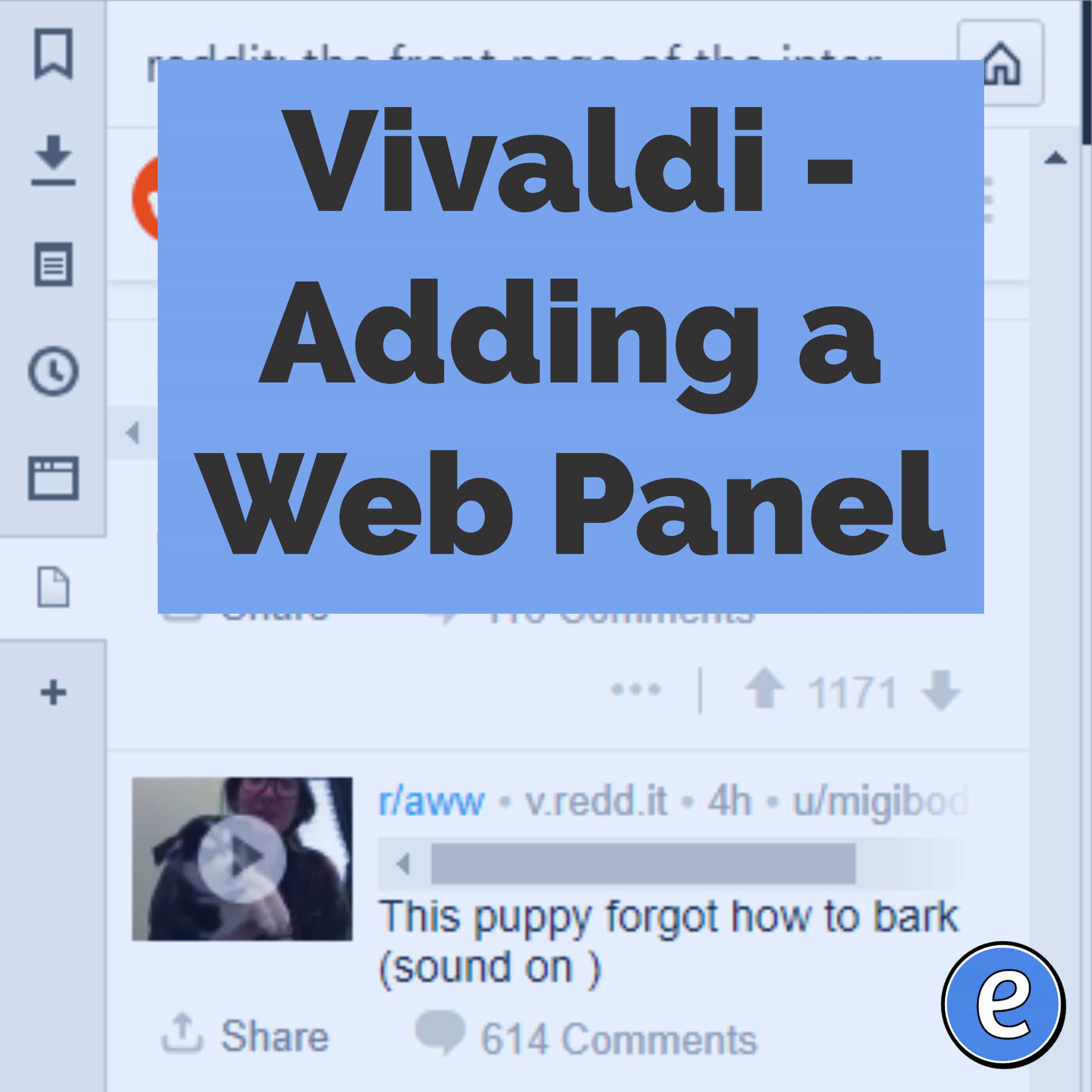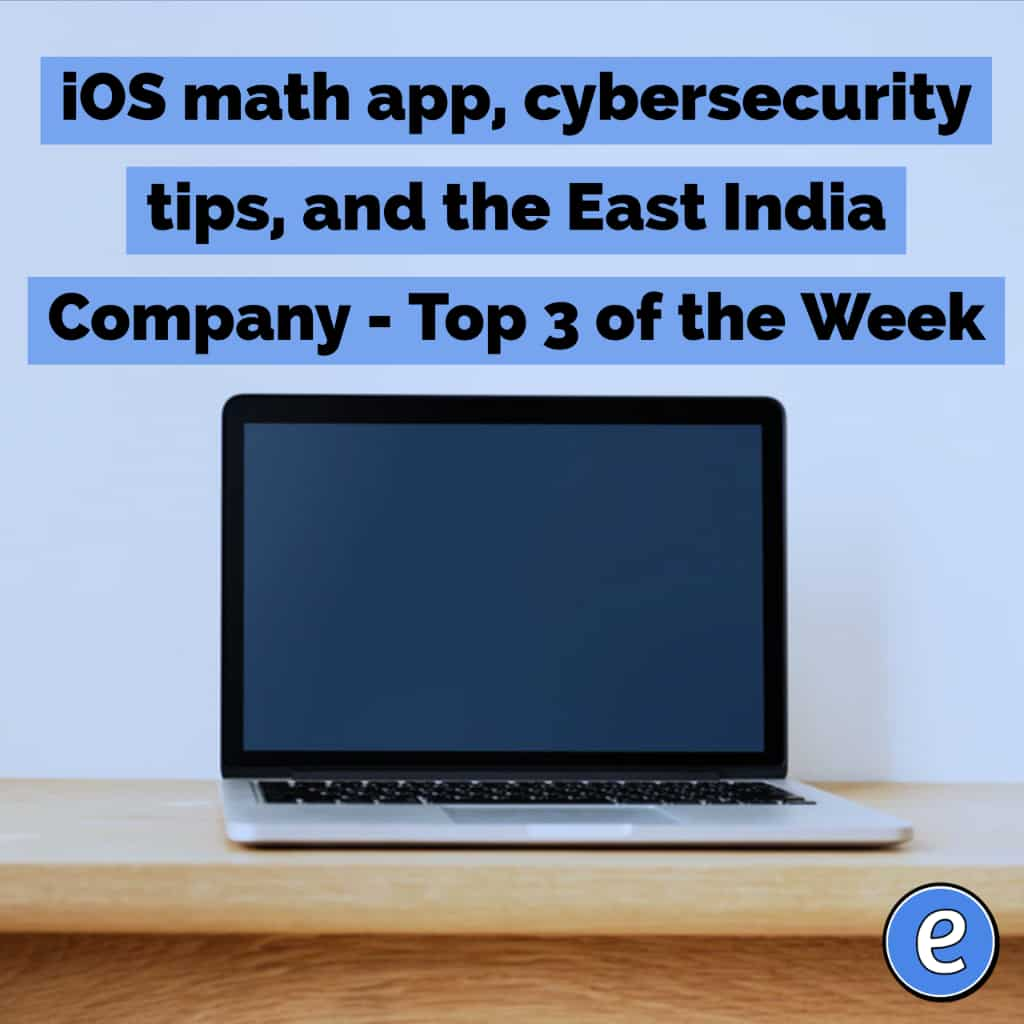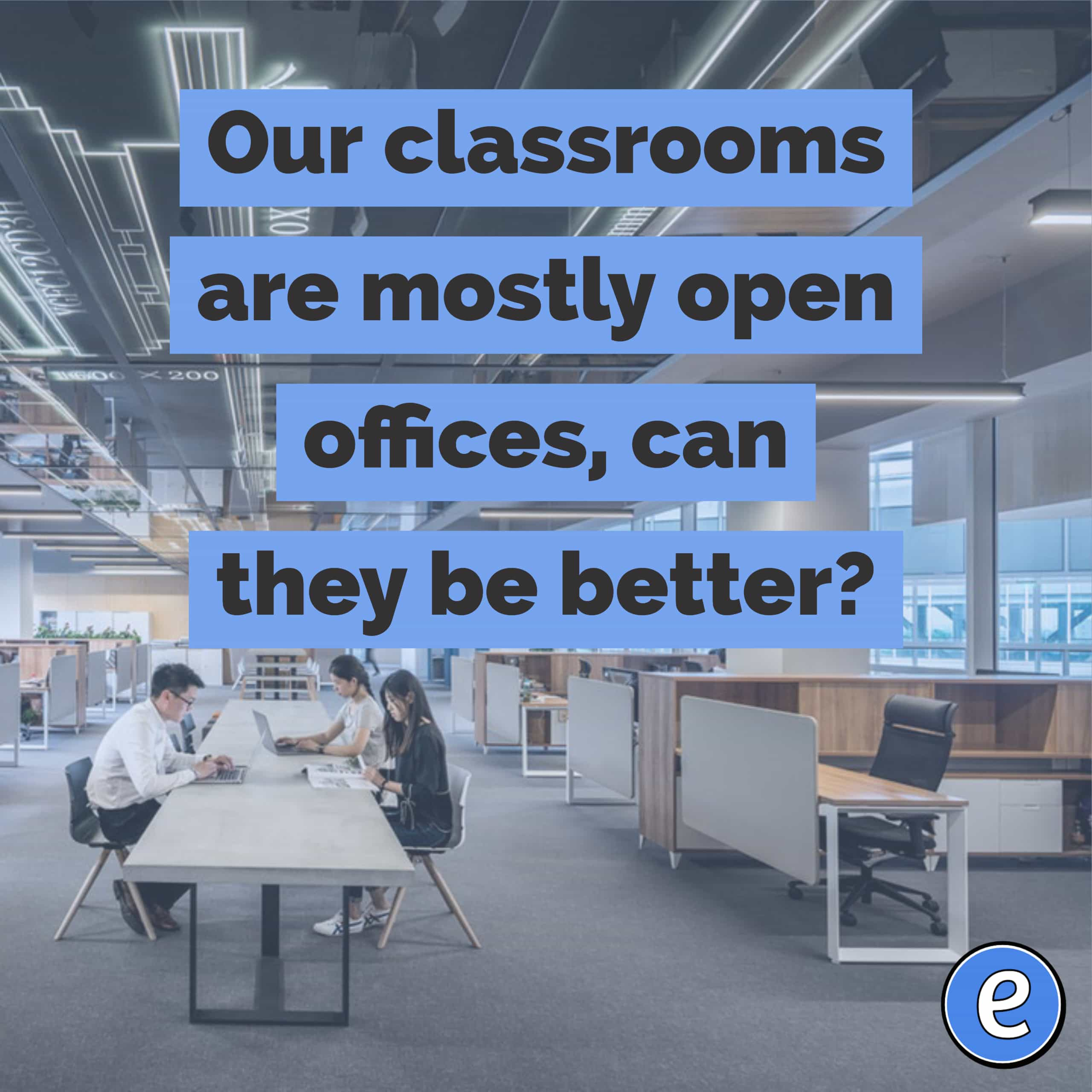The greatest demo ever is 50 years old
This year marks the 50th anniversary of Doug Engelbart’s groundbreaking 1968 Demo – also known as “The Mother of All Demos.” It was there at the 1968 Fall Joint Computer Conference that Doug and his team at SRI first presented their seminal work in personal and collaborative computing to the world – this was…
